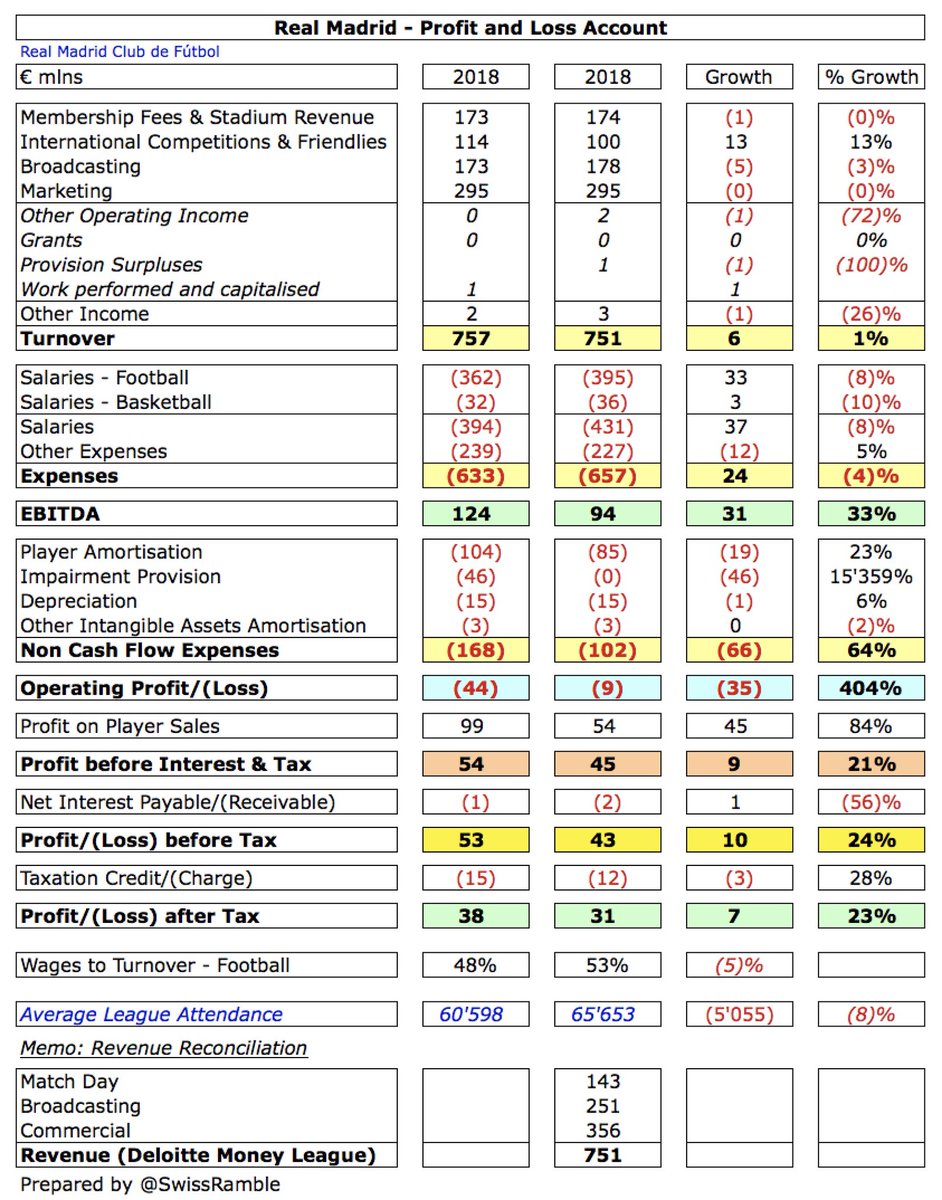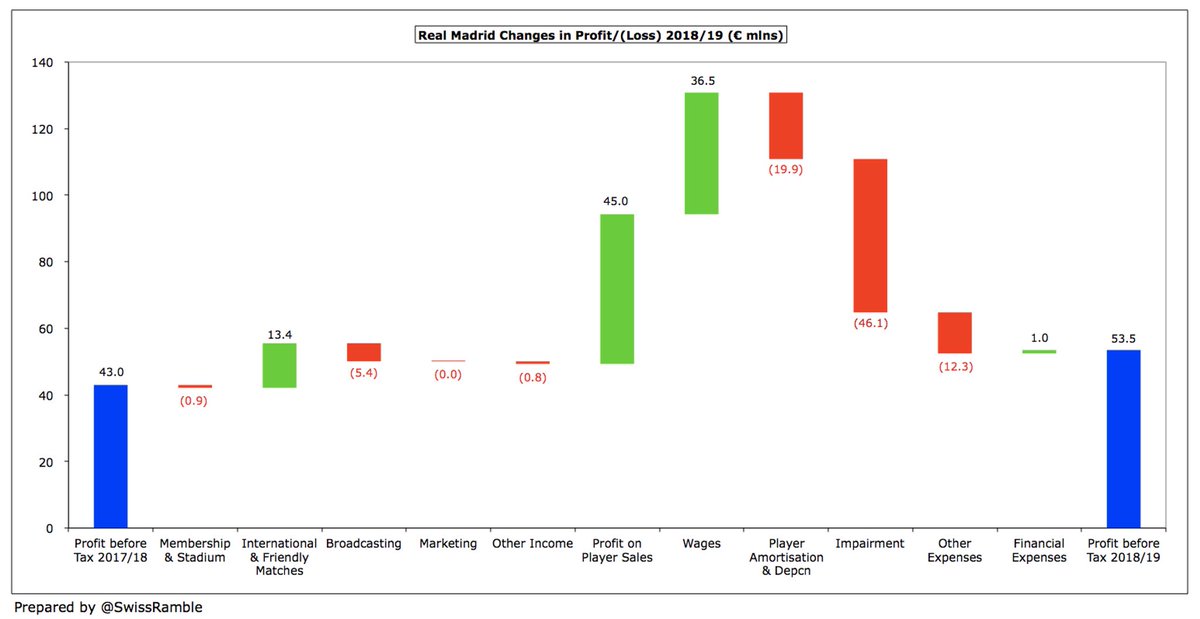Offloading also trended down over the cycle: 6.1% of carries in Japan resulted in an offload, vs. 8.0% in 2016.
Ireland's figure at the tournament was also notably down on their cycle average, from 1.27 in the 2016-19 period as a whole to 1.07.
Teams carried 4.7 times for every kick at the tournament, compared to figures of 5.9 in 2017 and 5.0 in 2018 (2016: 4.8).
NZL were the outlier among the semi-finalists with a below-average figure of 5.4 (ENG 4.6, WAL 4.2) - in their SF against ENG, this rose to 6.4 carries for every kick.
With a figure of 9.0, they kicked almost half as often as an average Tier 1 side at the tournament when they were in possession.
ENG and WAL were the two longest-kicking teams, both averaging 31.1m per kick.
The average number of rucks and mauls per lineout or scrum was 5.6 at this RWC (2016: 4.9), and the average number per penalty was 11.3 (2016: 9.1).






